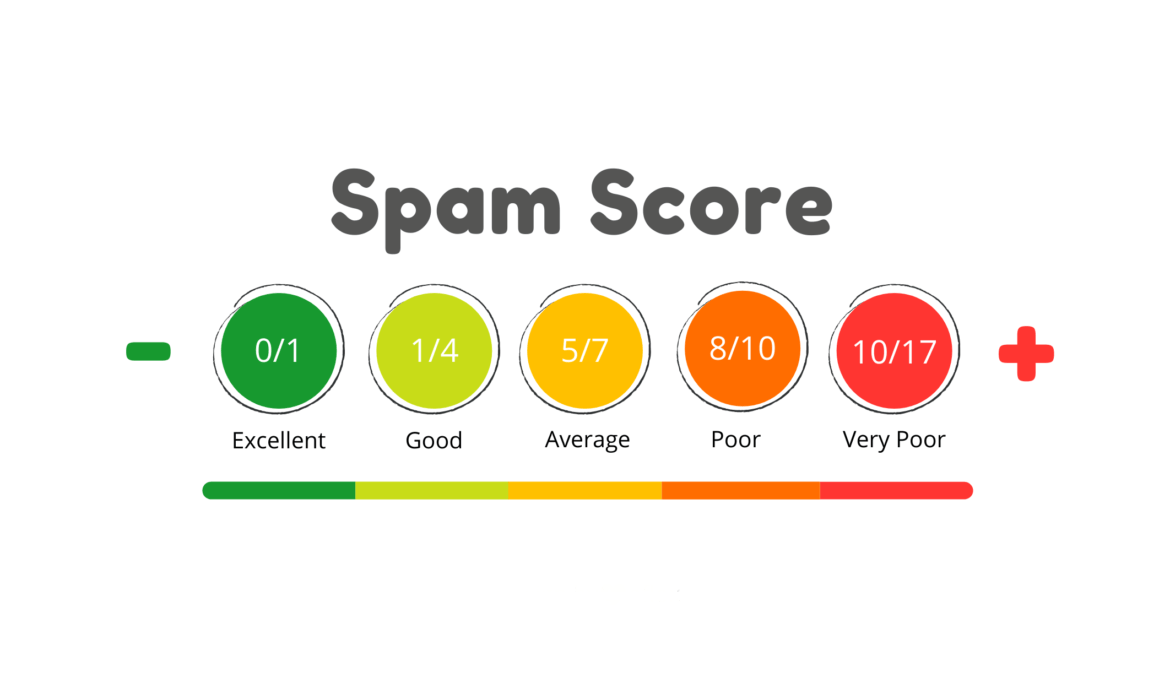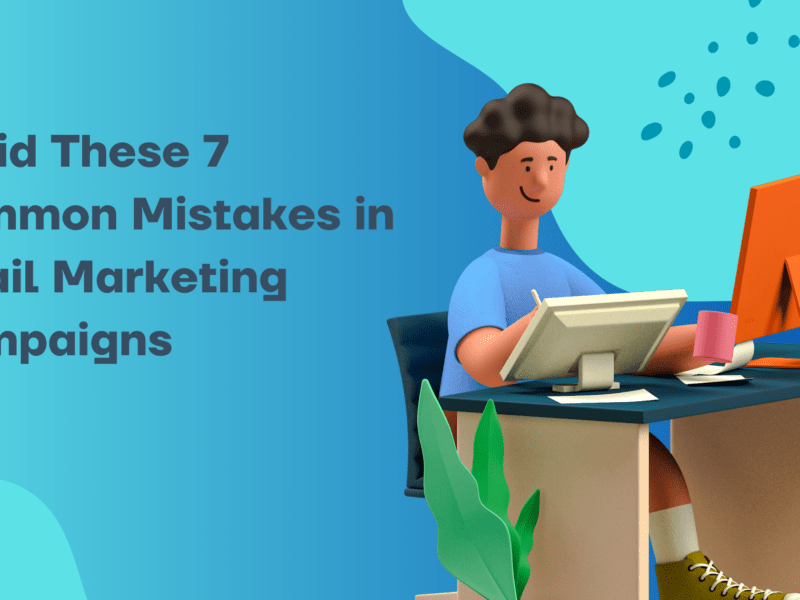Is your website’s spam score causing concern? With a spam score of 17%, you may be wondering how to address this issue and improve your site’s credibility. In this blog post, we’ll explore effective strategies to lower your website’s spam score and enhance its reputation in the eyes of search engines.
Understanding Spam Score
Before delving into the strategies for reducing spam score, let’s first understand what spam score entails. Spam score is a metric developed by Moz in 2015 to assess the potential for spam on a website. It ranges from 0 to 100%, with higher scores indicating a higher likelihood of spammy behavior. While a spam score of 1 to 4 poses minimal risk, scores of 7 or higher are cause for concern and may result in penalties from search engines like Google.
Strategies to Lower Your Spam Score
- Identify Bad Backlinks: The first step in reducing your website’s spam score is to identify and remove shady or spammy backlinks. You can use tools like Ahrefs, Semrush, or Moz Explorer to analyze your backlink profile and identify low-quality or irrelevant links that may be contributing to your high spam score.
- Disavow Bad Backlinks: Once you’ve identified the bad backlinks, it’s crucial to disavow them using Google’s Disavow Links tool. This tool allows you to inform Google that you don’t want certain links to be considered when assessing your website’s ranking. Simply upload a file containing the list of bad backlinks and submit it through Google’s Disavow Links tool.
- Focus on Quality Backlinks: In addition to removing bad backlinks, focus on acquiring high-quality backlinks from reputable websites in your industry. Quality backlinks from authoritative sources can significantly improve your website’s credibility and authority, thereby reducing its spam score.
- Regularly Monitor Backlink Profile: Keep a close eye on your website’s backlink profile and regularly monitor it for any new spammy or irrelevant links. By staying proactive and addressing spammy backlinks promptly, you can prevent your spam score from increasing in the future.
- Optimize Content and On-Page SEO: Ensure that your website’s content is high-quality, relevant, and optimized for search engines. By focusing on on-page SEO factors such as meta tags, headings, and internal linking, you can improve the overall quality and relevance of your website, thereby reducing its susceptibility to spam flags.
- Diversify Anchor Text: Avoid over-optimizing anchor text and aim for a natural, diversified link profile. Using varied anchor text that reflects the topic or context of the linked content can help improve the authenticity and credibility of your backlink profile.
How Spam Score is Calculated?
Spam Score is a metric developed by Moz to assess the potential for spam on a website’s backlink profile. It provides webmasters and SEO professionals with valuable insights into the quality and credibility of a website’s link profile. While the exact algorithm for calculating Spam Score is proprietary to Moz, the metric is based on a combination of factors that are indicative of spammy behavior. These factors include:
- Link Quality: The quality of the websites linking to a particular domain plays a significant role in determining its Spam Score. Links from reputable, authoritative websites are seen as positive signals, while links from low-quality, spammy websites can contribute to a higher Spam Score.
- Link Diversity: A diverse backlink profile that includes links from a wide range of domains and IP addresses is generally considered more natural and authentic. In contrast, a backlink profile dominated by links from a small number of sources may raise red flags and contribute to a higher Spam Score.
- Anchor Text Optimization: Over-optimization of anchor text, particularly with exact match keywords, can be a sign of manipulative link building tactics and may result in a higher Spam Score. Natural, varied anchor text that reflects the context of the linked content is preferred.
- Link Context: The context in which links are placed, such as the relevance of the linking page to the linked content and the authority of the linking domain within its niche, is taken into account when calculating Spam Score. Links from irrelevant or low-quality sources may contribute to a higher Spam Score.
- Reciprocal Linking: Excessive reciprocal linking, where two websites link to each other in a mutually beneficial arrangement, can be indicative of manipulative link building practices and may result in a higher Spam Score.
- Link Velocity: The rate at which a website acquires new backlinks, particularly if there is a sudden spike in link acquisition, can raise suspicions of spammy behavior and contribute to a higher Spam Score.
- Historical Data: Spam Score also takes into account historical data related to a website’s backlink profile, including any previous instances of spammy behavior or penalties from search engines.
Conclusion
Lowering your website’s spam score requires a proactive approach and a commitment to maintaining a clean and reputable backlink profile. By identifying and removing bad backlinks, focusing on acquiring quality backlinks, and optimizing your website’s content and on-page SEO, you can effectively reduce your spam score and improve your website’s standing in search engine results. Remember to regularly monitor your backlink profile and stay vigilant against spammy links to ensure long-term success and credibility for your website. With dedication and diligence, you can effectively lower your website’s spam score and enhance its visibility and authority in the digital landscape.


